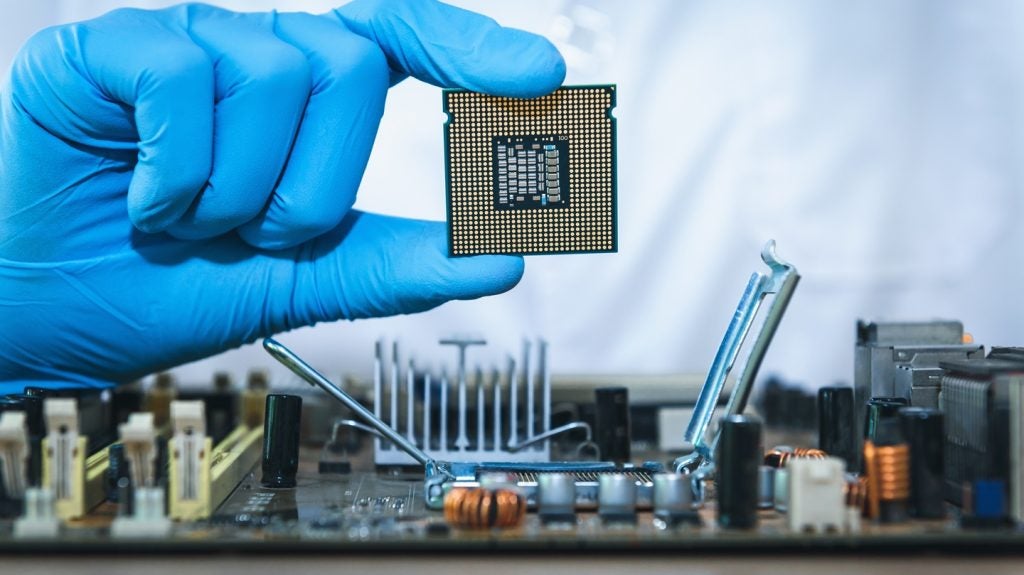Vodafone Group has filed a patent for a method to configure a mobile station for roaming operation. The method involves storing a prioritization of Public Land Mobile Network (PLMN) configurations and performing idle mode searches for higher priority PLMN configurations. The duration of the searches is determined by a primary search period parameter and can be adjusted based on a secondary search period parameter and the number of available PLMN configurations. GlobalData’s report on Vodafone Group gives a 360-degree view of the company including its patenting strategy. Buy the report here.
According to GlobalData’s company profile on Vodafone Group, perimeter security was a key innovation area identified from patents. Vodafone Group's grant share as of September 2023 was 53%. Grant share is based on the ratio of number of grants to total number of patents.
Method for configuring a cellular network mobile station for roaming operation
A recently filed patent (Publication Number: US20230254803A1) describes a method for configuring a mobile station (MS) in a cellular network for roaming operation. The MS is configured to prioritize one or more Public Land Mobile Network (PLMN) configurations and perform an idle mode search for a higher priority PLMN configuration at specific intervals. The duration of these intervals is determined by a primary search period parameter stored in the MS.
The patent introduces a secondary search period parameter that can be configured in the MS. This secondary parameter indicates one or more factors that should be applied to the primary search period parameter when determining the duration of the intervals. Each factor is associated with a specific condition that indicates the number of PLMN configurations available for the MS to access. If a condition is met, a multiplier indicated by the factor is applied to the primary search period parameter.
The conditions that determine the number of PLMN configurations available for the MS to access can be based on various factors. These factors include whether the MS is attached or registered for access to a non-terrestrial PLMN using a shared Mobile Country Code (MCC), whether a disaster condition applies to at least one PLMN, and the determined location of the MS. For example, if the determined location has no terrestrial PLMN coverage, it can be considered as a condition indicating a limited number of PLMN configurations available.
The method for configuring the MS can involve communicating the secondary search period parameter or an adjustment to it from a network entity of the cellular network to the MS. The prioritization, primary search period parameter, and secondary search period parameter can be configured in a Subscriber Identity Module (SIM) or Universal Subscriber Identity Module (USIM) associated with the MS.
The patent also includes claims for a non-transitory computer-readable storage medium storing a program to perform the method, a device for a mobile station configured to operate according to the method, and a network entity of a cellular network configured to operate according to the method.
In summary, this patent introduces a method for configuring a mobile station in a cellular network for roaming operation. By prioritizing PLMN configurations and adjusting the search intervals based on specific conditions, the method aims to improve the efficiency of idle mode searches for higher priority PLMN configurations.
To know more about GlobalData’s detailed insights on Vodafone Group, buy the report here.
Data Insights
From

The gold standard of business intelligence.
Blending expert knowledge with cutting-edge technology, GlobalData’s unrivalled proprietary data will enable you to decode what’s happening in your market. You can make better informed decisions and gain a future-proof advantage over your competitors.







